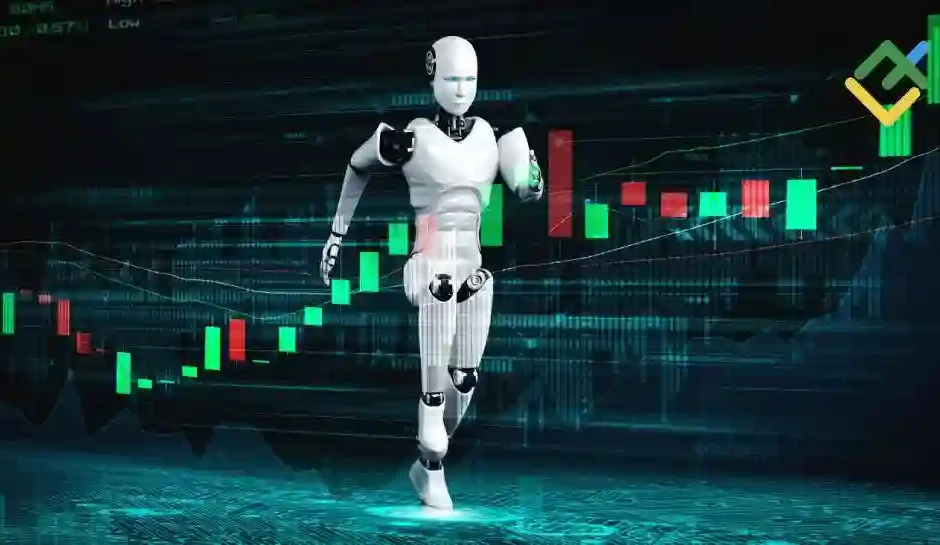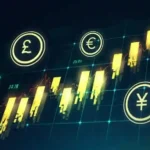In the fast-paced world of forex trading, adaptability is paramount. Market conditions can shift rapidly, presenting traders with ever-changing landscapes to navigate. To thrive in such dynamic environments, forex robots—automated trading systems—must possess the ability to adapt and evolve. Enter transfer learning, a powerful technique borrowed from the field of machine learning that holds the promise of enhancing the adaptability of forex robot strategies. In this article, we delve into the concept of transfer learning and explore its potential for revolutionizing forex trading strategies.
Understanding Transfer Learning:
Transfer learning is a machine learning technique that leverages knowledge gained from one task to improve performance on another related task. Instead of training a model from scratch for each new task, transfer learning allows models to transfer knowledge learned from previous tasks, thereby accelerating learning and improving performance. In the context of forex trading, transfer learning entails transferring knowledge and insights gleaned from historical data or existing strategies to enhance the adaptability and performance of forex robot strategies.
Challenges in Forex Trading:
Forex trading presents unique challenges due to the dynamic and unpredictable nature of currency markets. Market conditions can vary widely, ranging from trending markets with clear directional movements to range-bound markets characterized by sideways price action. Additionally, factors such as economic indicators, geopolitical events, and central bank policies can influence currency prices and trading dynamics. Adapting to these changing conditions requires forex robots to continually learn and evolve their strategies.
Enhancing Adaptability with Transfer Learning:
Transfer learning offers a promising approach to enhancing the adaptability of forex robot strategies. By transferring knowledge and insights from historical data or existing strategies, forex robots can learn from past experiences and adapt their behavior to current market conditions. For example, a forex robot trained on historical data from diverse market conditions can leverage transfer learning to apply knowledge gained from past trends and patterns to make more informed trading decisions in real-time.
Domain Adaptation:
Domain adaptation is a specific form of transfer learning that focuses on adapting models trained on one domain to perform well in another related domain. In the context of forex trading, domain adaptation techniques can be used to transfer knowledge and insights from one currency pair or market regime to another. For instance, a forex robot trained on historical data for a specific currency pair can leverage domain adaptation to generalize its learnings and adapt its strategies to other currency pairs with similar characteristics.
Fine-Tuning Strategies:
Another key aspect of transfer learning in forex trading is fine-tuning strategies based on transferred knowledge. After transferring knowledge from historical data or existing strategies, forex robots can fine-tune their parameters and algorithms to optimize performance in the current market environment. This iterative process of learning and adaptation allows forex robots to continually refine their strategies and improve their ability to generate profitable trades.
Combining Transfer Learning with Reinforcement Learning:
Reinforcement learning is another machine learning technique that has gained traction in forex trading. By learning from trial and error through interaction with the environment, reinforcement learning algorithms can adapt and optimize trading strategies over time. Combining transfer learning with reinforcement learning allows forex robots to leverage knowledge from past experiences while also learning and adapting in real-time. This hybrid approach offers a powerful framework for enhancing adaptability and performance in forex trading.
Real-World Applications:
Transfer learning has already shown promising results in various real-world applications, including image recognition, natural language processing, and speech recognition. In the realm of finance, transfer learning has the potential to revolutionize forex trading strategies by improving adaptability, robustness, and performance. As research and development in transfer learning continue to advance, we can expect to see more innovative applications and breakthroughs in forex trading.
In conclusion, transfer learning holds tremendous potential for enhancing the adaptability of forex robot strategies in dynamic market environments. By leveraging knowledge and insights from historical data or existing strategies, forex robots can learn from past experiences and adapt their behavior to current market conditions. Transfer learning, combined with reinforcement learning and domain adaptation techniques, offers a powerful framework for improving performance and profitability in forex trading. As the field continues to evolve, transfer learning is poised to play a pivotal role in shaping the future of forex trading strategies.



